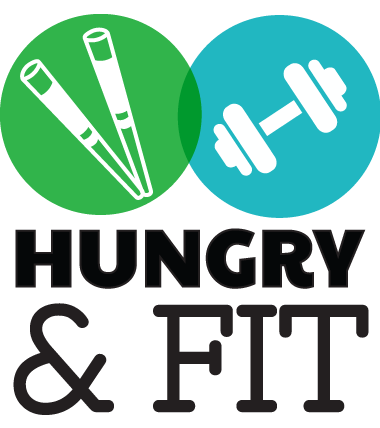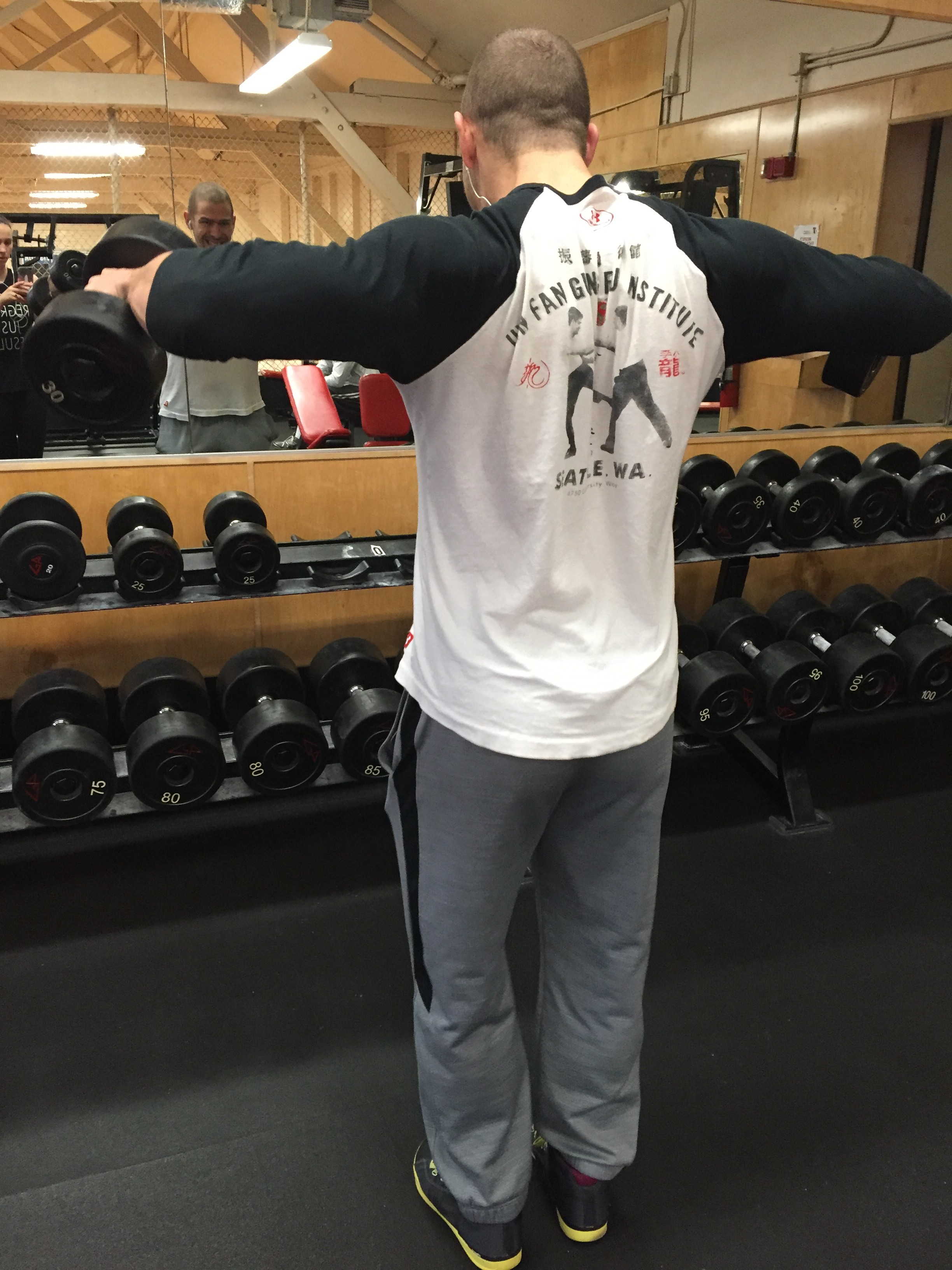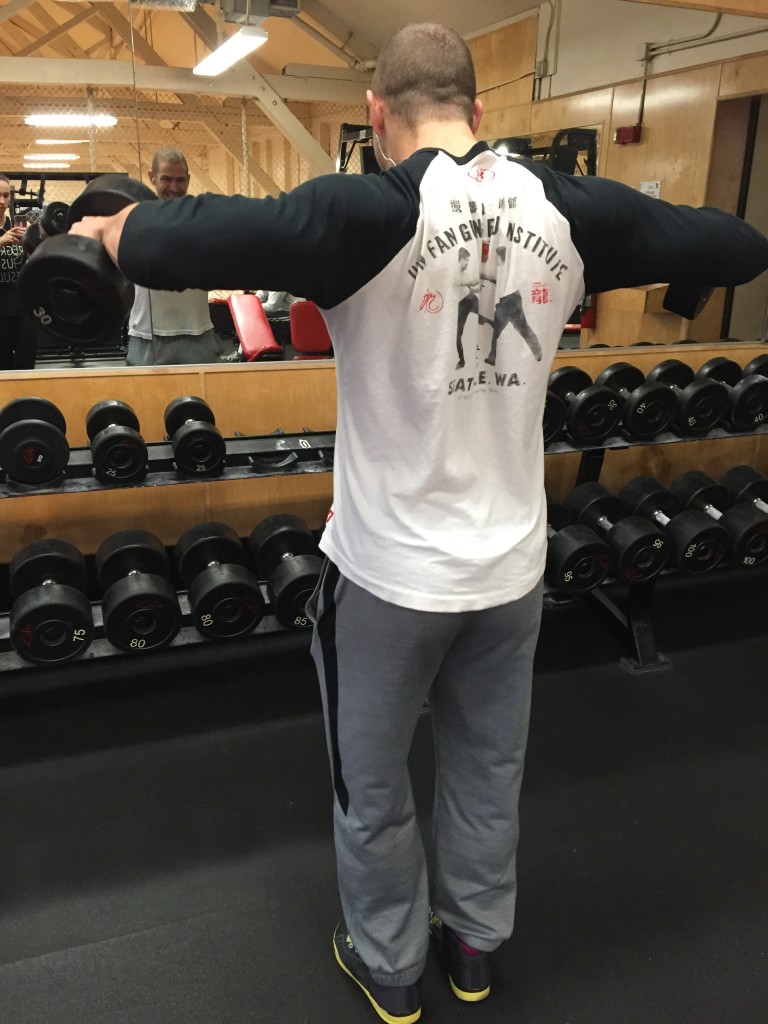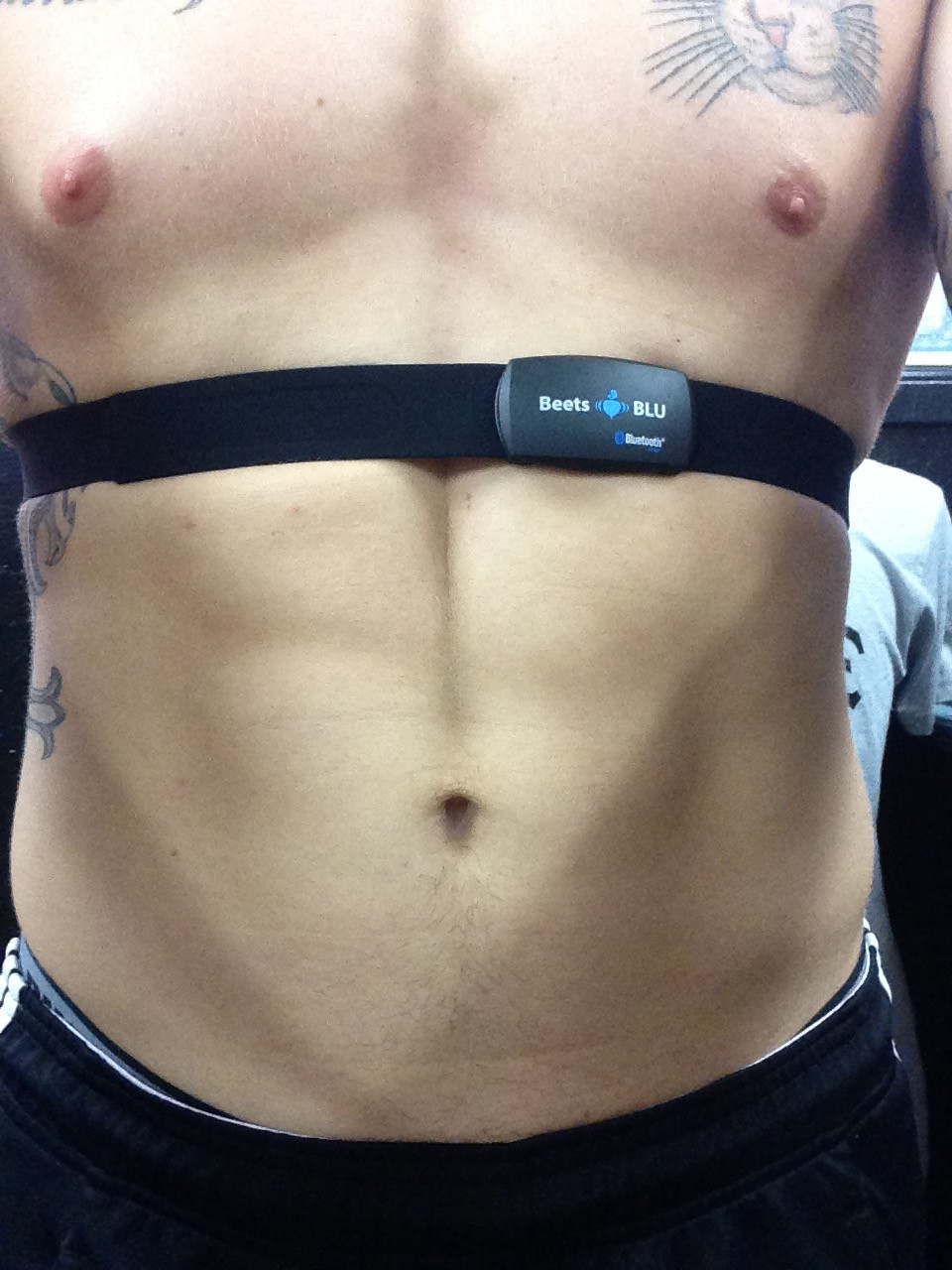I remember my first “job” at a gym back in the early-mid 1990s. Although that facility no longer exists (it’s a doctor’s office now), there are a few images stuck in my mind from it. One of the clearest images is one that I see every day in the fitness facility that I manage in LA. It was one that I’ve looked at in the countless gyms that I’ve worked in and will continue to see for some time. It’s the side-by-side poster combination of target heart rate zones and rate of perceived exertion.
When I train aspiring fitness professionals to become everything from personal trainers to group exercise instructors, these two charts are a key component in the classroom. Why? Because there is a great chance that they’ll have them at their new job and will have to explain what they mean to their customers, clients, and members. Also, using the concepts behind these posters will help you explain some key components in a way that normal people will understand.










